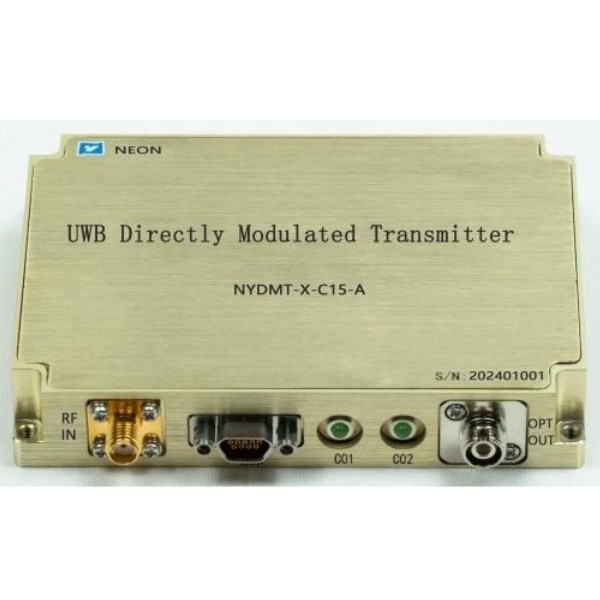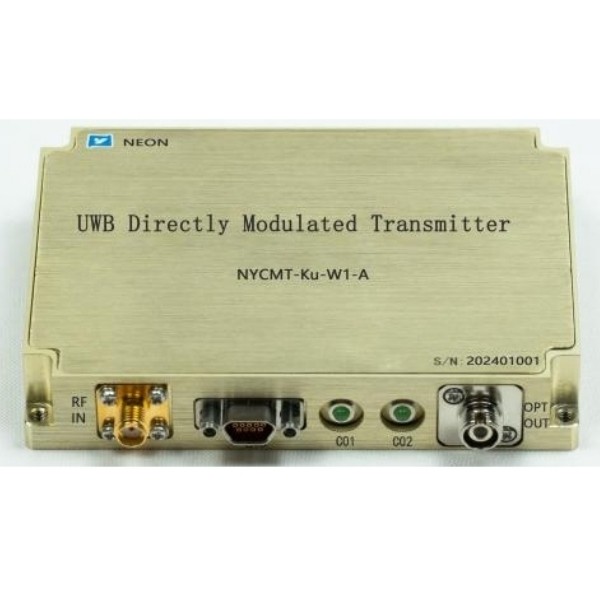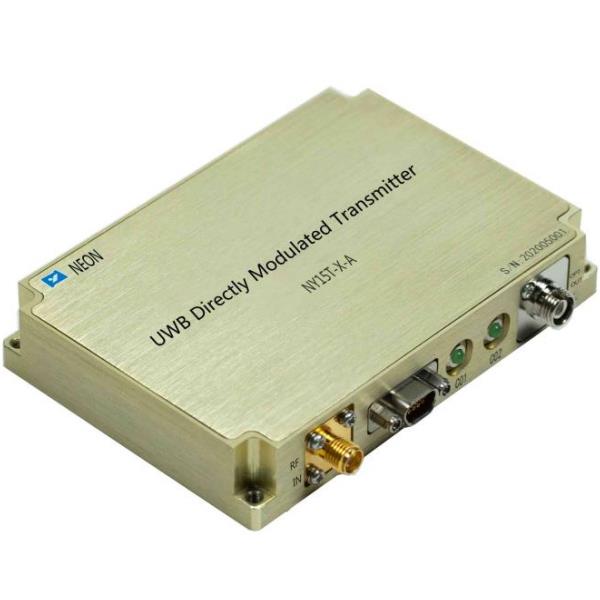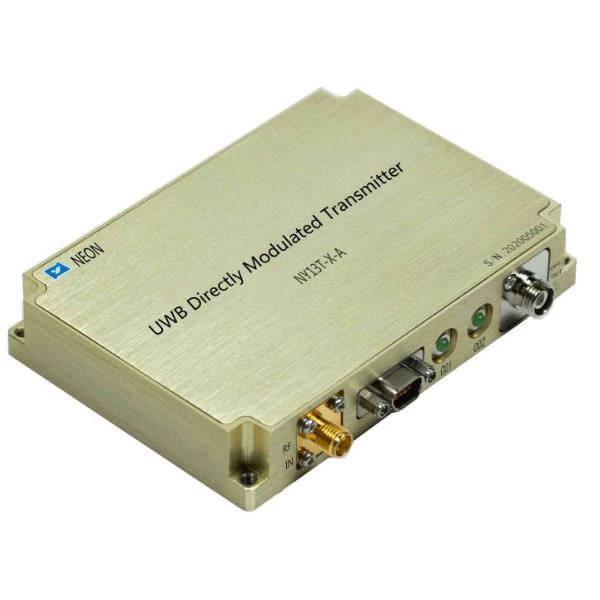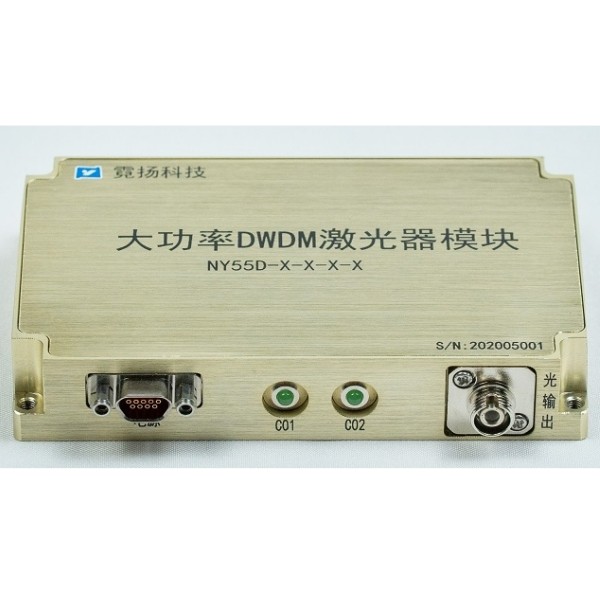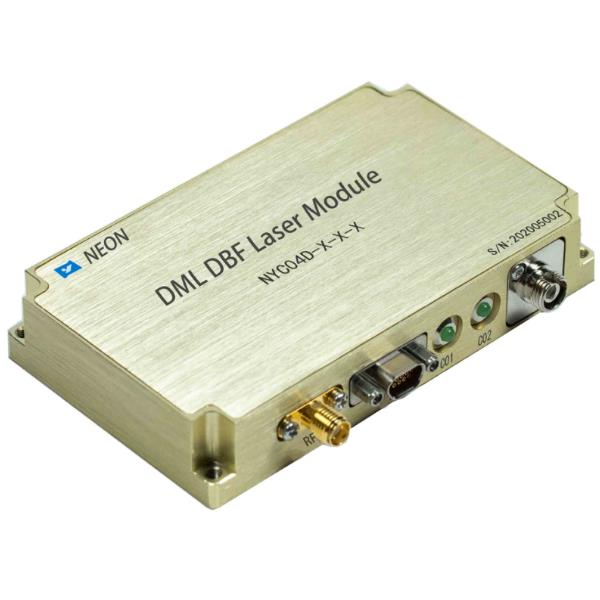What is UWB? And How Does It Work?
With increasing demands for greater positioning precision, faster data transmission speeds, and superior IoT connectivity, Ultra-Wideband (UWB) is increasingly making waves throughout industry and society. From intelligent wearables and digital vehicle keys to factory automation and healthcare technology, UWB technology has quickly become part of everyday life and the workplace alike.
What is UWB, how does it work, and why is it such an invaluable technology across various applications? In this article we’ll delve deep into its fundamentals, its working principles, use cases, etc. Join us as we uncover this technology together!
Part 1. What is UWB?
UWB (Ultra-Wideband) technology is an ultra-wideband, low power and high bandwidth wireless technology designed for short distance communication over short distances.
In contrast to Bluetooth or Wi-Fi devices, UWB uses electromagnetic pulses instead of traditional transmission methods and an extremely wide frequency band of typically over 500MHz as its signal. Thus giving this wireless technology its name: an “ultra-wideband.”
Originally employed in military radar, UWB has propagated to consumer devices and industrial applications within a matter of years. UWB possesses certain unique strengths, especially in high-accuracy locationing and ultra-reliable wireless communication.

Part 2. How Does UWB Work?
UWB (Ultra-Wideband) technology for wireless data transmission uses extremely brief time-domain pulses (on the order of nanoseconds) instead of traditional sine waves to transfer information over short ranges and high bandwidths.
Due to this pulse duration, its spectrum coverage often surpasses 500MHz resulting in greater anti-interference capability, penetration effectiveness and accuracy than traditional sine waves. It usually operates in a frequency interval of between 3.1 GHz and 10.6 GHz according to FCC regulations with a very minimal transmission power that generates negligible interference to other wireless systems.
In position applications, UWB calculates the position in terms of the “Time of Flight” (ToF) of a signal from one device to another to achieve extremely precise distance measurement, with errors typically falling within 10 centimeters.
Its operation principle is similar to a “wireless radar”: the transmitting device transmits a pulse, the receiver detects the arrival time, and the system calculates the precise distance.
Using multiple UWB devices, it’s possible to achieve centimeter-range two- or three-dimensional positioning, and thus UWB is widely used in smartphones, automotive radar, and industrial tracking.
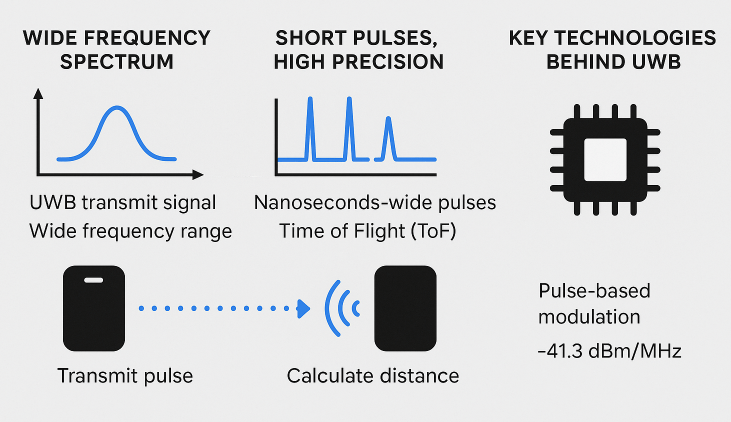
Part 3. Technical Advantages of UWB
Compared with traditional wireless technologies, UWB possesses a series of major advantages that rank it as the better technology in most uses:
| Technology Comparison | UWB | Bluetooth | Wi-Fi | RFID |
| Positioning Accuracy | Centimeter-level | Meter-level | Meter-level | Meter-level |
| Data Transmission Rate | Medium to High | Lower | Low | Lower |
| Interference Resistance | Strong | Moderate | Relatively Weak | Weak |
| Power Consumption | Low | Low | High | Low |
| Communication Range | Short (<10 meters) | Medium | Medium | Short |
UWB stands out with centimeter-level positioning accuracy that exceeds Bluetooth, Wi-Fi and RFID systems by an order of magnitude – making it ideal for use cases such as indoor navigation, asset tracking and smart wearables that demand precision.
Strong interference resistance ensures smooth communication in complex environments like factories and hospitals.
Though UWB communication range may be short (typically under 10 meters), its low power requirements and medium-to-high data transmission rates make it ideal for IoT devices and industrial monitoring.
Part 4. What is UWB Used For?
Ultra-Wideband (UWB) technology has quickly spread around the world and achieved widespread acceptance across industries due to its unrivaled precision, minimal latency and security benefits. Below are a few key use cases where UWB is having an impressive effect:
Smart Wearables and Item Locating Systems
UWB technology is used by products like Apple AirTag and Samsung SmartTag to support highly accurate direction sensing and location tracking, offering centimeter-level accuracy for pinpointing lost items quickly and ensuring personal belongings remain protected – thus improving user satisfaction.
Digital Car Keys
UWB enables secure “proximity-based unlocking” feature on newer cars. The technology unlocks the car automatically by detecting the key holder’s exact location nearby without physical contact. It also guards against relay attacks via UWB’s resistance to protect against hackers remotely recording and mimicking signals.
Industrial Automation and Logistics Tracking
In factory settings, UWB is widely utilized for tracking equipment, inventory, and staff in real-time with accuracy. This enables increased operational efficiency, optimized asset management, and greater workplace safety through precise monitoring of the movement and location of critical assets.

Medical Asset Management
Hospitals and healthcare facilities employ UWB location systems to locate patients and vital medical equipment. This capability supports faster response times to emergencies, reduced equipment loss or theft, and improved patient care through timely location input for staff.
Smart Homes and Human-Machine Interaction
UWB supports spatial awareness in smart homes, which enables devices to detect user proximity and gesture better. This allows more intelligent behavior triggers, such as controlling lights or switching on appliances according to room occupation, and more natural human-machine interaction, making the living environment more intuitive.
Part 5. UWB Extension: UWB over Fiber and Combination with Optical Communication
While UWB technology has low power consumption and high accuracy, its range of wireless transmission is relatively short. The drawback of this feature is not good for achieving strong signal coverage in big or complex areas such as tunnels, underground structures, factory complexes, and data centers.
To address this, UWB over Fiber technology has been developed by combining UWB with fiber optic communication for extending its range. The key steps of this solution are:
Conversion of Optical to UWB Signals
Optical signals that are converted from the original UWB radio frequency signals are used for transmission via fiber.
Long-Distance, Low-Loss Transmission Using Fiber Optics
UWB signals can be transmitted over much farther distances with minimal loss of signal using optical fiber, in contrast to wireless transmission.
Restoration of UWB Signals at the Target Location
When the destination is reached, the optical signals are converted back into UWB radio signals to continue wireless communication or precise positioning.
This solution overcomes UWB’s limited range in wireless to provide faultless coverage in expansive or complicated environments. By combining UWB’s accuracy with fiber optics’ long-distance low-loss transmission, UWB over Fiber enables deploying high-accuracy, wide-area systems in applications ranging from automation to infrastructure monitoring.
Part 6. UWB Optical Transmitter: The Bridge between Wireless and Fiber
The UWB Optical Transmitter plays a crucial role in UWB over Fiber systems. NEON, the world-class optical communications expert, has excelled in designing and manufacturing high-quality UWB optical transmitters.
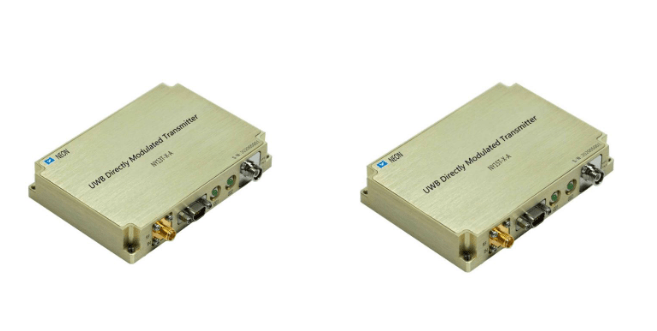
NEON Product Features:
Offers a variety of laser modules, including:
- Directly Modulated Lasers (DML)
- Mini UWB DML Laser Modules
- High-Bandwidth Optical Transmitters
- Digital Optical Transceiver Modules
Widely used in:
- Communication operator systems
- Data center high-speed interconnects
- Medical instrument optical communication modules
- Industrial-grade UWB location systems
Product Benefits:
- High reliability and long life
- Broad frequency support with low distortion output
- Flexible integration and modular architecture
Should you be developing a UWB over Fiber system or require a high-performance laser solution to facilitate UWB signal transmission over fiber, NEON’s UWB Optical Transmitter is the solution of choice.
Part 7. The Future of UWB: Unlocking New Possibilities
As intelligent device use becomes more widespread and the demand for ultra-high-precision positioning continues to grow, UWB technology will grow substantially.
More and more consumer devices, including smartphones and wearables, will carry UWB chips inside, and its coupling with new technologies like AI, 5G, and edge computing will broaden its fields of application even wider.
Architectures like UWB over Fiber will accelerate UWB’s entry into mass-scale environments like industrial parks, intelligent transportation systems, and compound buildings. In this evolution, optical communication equipment like UWB Optical Transmitters will be the prime drivers as the basis that bridges wireless accuracy with far-end transmission.
Wrap Up
UWB technology is fast emerging as one of the cornerstones of wireless technology for positioning to low power and high speed data communication, as well as new applications like fiber-optic communications that expand its scope beyond initial design intentions. UWB continues to set trends with its development beyond initial boundaries while making new advances into connectivity.
No matter what kind of UWB components or fiber-integrated solutions you require, NEON offers reliable, professional, and high-performance technology solutions to support them.


